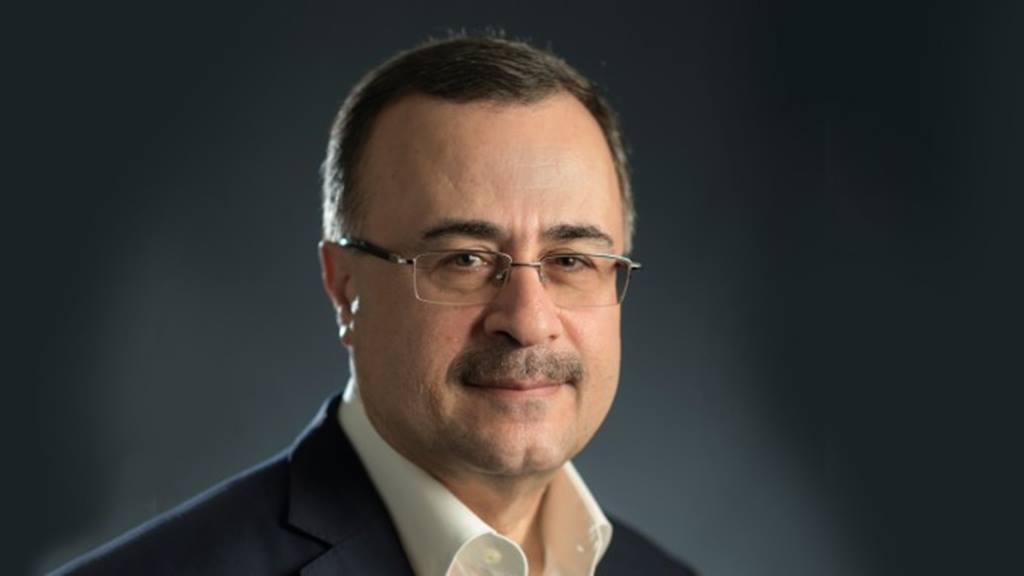Saudi Aramco reported $88.2 billion net income for 2019, down from $111.1 billion in 2018. It attributed the decrease to lower crude oil prices and production volumes, as well as declining refining and chemical margins, and a $1.6 billion impairment associated with Sadara Chemical Company.
“2019 was an exceptional year for Saudi Aramco,” Aramco CEO Amin Nasser wrote in a press statement. “Through a variety of circumstances – some planned and some not – the world was offered unprecedented insight into Saudi Aramco’s agility and resilience.”
Some of the company’s major facilities were attacked throughout the year, culminating in a September attack which took approximately half of its production offline. It was able to restore production levels within 11 days.
In 2019, the company remained one of the world’s largest producers of crude oil and condensate with an average total hydrocarbon production of 13.2 million barrels per day of oil equivalent. Saudi Aramco’s total 2019 hydrocarbon reserves under the concession agreement were 258.6 billion barrels of oil equivalent (boe), compared to 256.9 billion boe in 2018. Saudi Aramco entered into a share purchase agreement last year to acquire the Public Investment Fund’s 70% equity interest in SABIC, one of the world’s largest chemicals companies, for $69.1 billion.
In February 2020, the company received regulatory approval for the development of the Jafurah unconventional gas field in the Eastern Province. It is the largest unconventional gas field in the Kingdom to date, with an estimated 200 trillion cubic feet of resources. The field will be gradually developed in phases. The start of production of the first phase is expected in early 2024.
“Our unique scale, low costs, and resilience came together to deliver both growth and world-leading returns, while also maintaining our position as one of the world’s most reliable energy companies,” he added
Capital expenditure last year was $32.8 billion, compared to $35.1 billion in 2018. The company expects capital spending for 2020 to be between $25 billion and $30 billion in light of current market conditions and recent commodity price volatility. Capital expenditure for 2021 and beyond is currently under review.
“These strengths, combined with a strong balance sheet and a disciplined and flexible approach to capital allocation, allow us to underpin our goal of sustainably growing free cash flow to support dividends to our shareholders despite continued volatility of markets,” Nasser commented. The company completed the world’s largest initial public offering in December 2019.
“The recent COVID-19 outbreak and its rapid spread illustrate the importance of agility and adaptability in an ever-changing global landscape. This is central to Saudi Aramco’s strategy and we will ensure that we maintain the strength of our operations and our finances. In fact, we have already taken steps to rationalize our planned 2020 capital spending,” he added.

